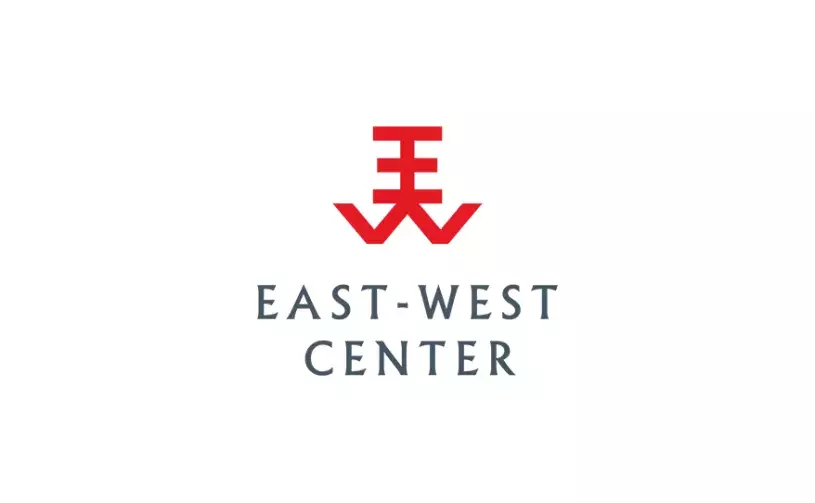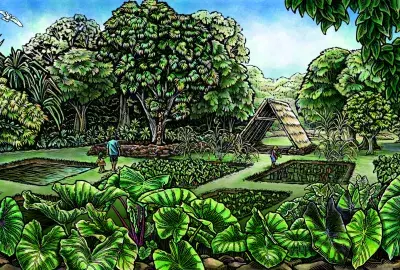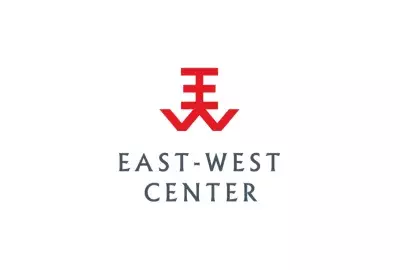
OFFICE/DEPARTMENT
The East-West Center (EWC) together with Chemical Insights Research Institute (CIRI) and research partners from Duke University collaborated on the Lahaina Environmental Assessment Project (LEAP). This study will analyze enduring environmental samples from areas affected by the fire. Exposure to the fires has led to varying degrees of health concerns, negative impacts on local ecosystems, and water contamination.
During this study, samples from over 60 affected lands were collected. That information will contribute to the research on health risks based on the aftermath of wild land urban interface (WUI) fires. Information is limited about such fires, yet they are increasing Dr. Marilyn Black, VP and Senior Technical Advisor for CIRI, stated that further research and understanding such risks are crucial in order to move forward with land reuse strategies.
East-West Center Senior Fellow, Dr. Sumeet Saksena, emphasizes the combination of soil, water, and air is key in the rebuilding process of the displaced households. Dr. Saksena also highlights identifying the sources on the affected lands that resulted in unique contamination. Possible sources include vehicles, solar panels, and home appliances.
Samples taken for the study will be taken to Marietta, Georgia, in CIRI's Center for Advanced Measurements for analysis. Exploratory analyses show the presence of arsenic, lead, chromium, and lithium in the samples. More information about CIRI's research plan can be reviewed here.
The East-West Center (EWC) together with Chemical Insights Research Institute (CIRI) and research partners from Duke University collaborated on the Lahaina Environmental Assessment Project (LEAP). This study will analyze enduring environmental samples from areas affected by the fire. Exposure to the fires has led to varying degrees of health concerns, negative impacts on local ecosystems, and water contamination.
During this study, samples from over 60 affected lands were collected. That information will contribute to the research on health risks based on the aftermath of wild land urban interface (WUI) fires. Information is limited about such fires, yet they are increasing Dr. Marilyn Black, VP and Senior Technical Advisor for CIRI, stated that further research and understanding such risks are crucial in order to move forward with land reuse strategies.
East-West Center Senior Fellow, Dr. Sumeet Saksena, emphasizes the combination of soil, water, and air is key in the rebuilding process of the displaced households. Dr. Saksena also highlights identifying the sources on the affected lands that resulted in unique contamination. Possible sources include vehicles, solar panels, and home appliances.
Samples taken for the study will be taken to Marietta, Georgia, in CIRI's Center for Advanced Measurements for analysis. Exploratory analyses show the presence of arsenic, lead, chromium, and lithium in the samples. More information about CIRI's research plan can be reviewed here.







